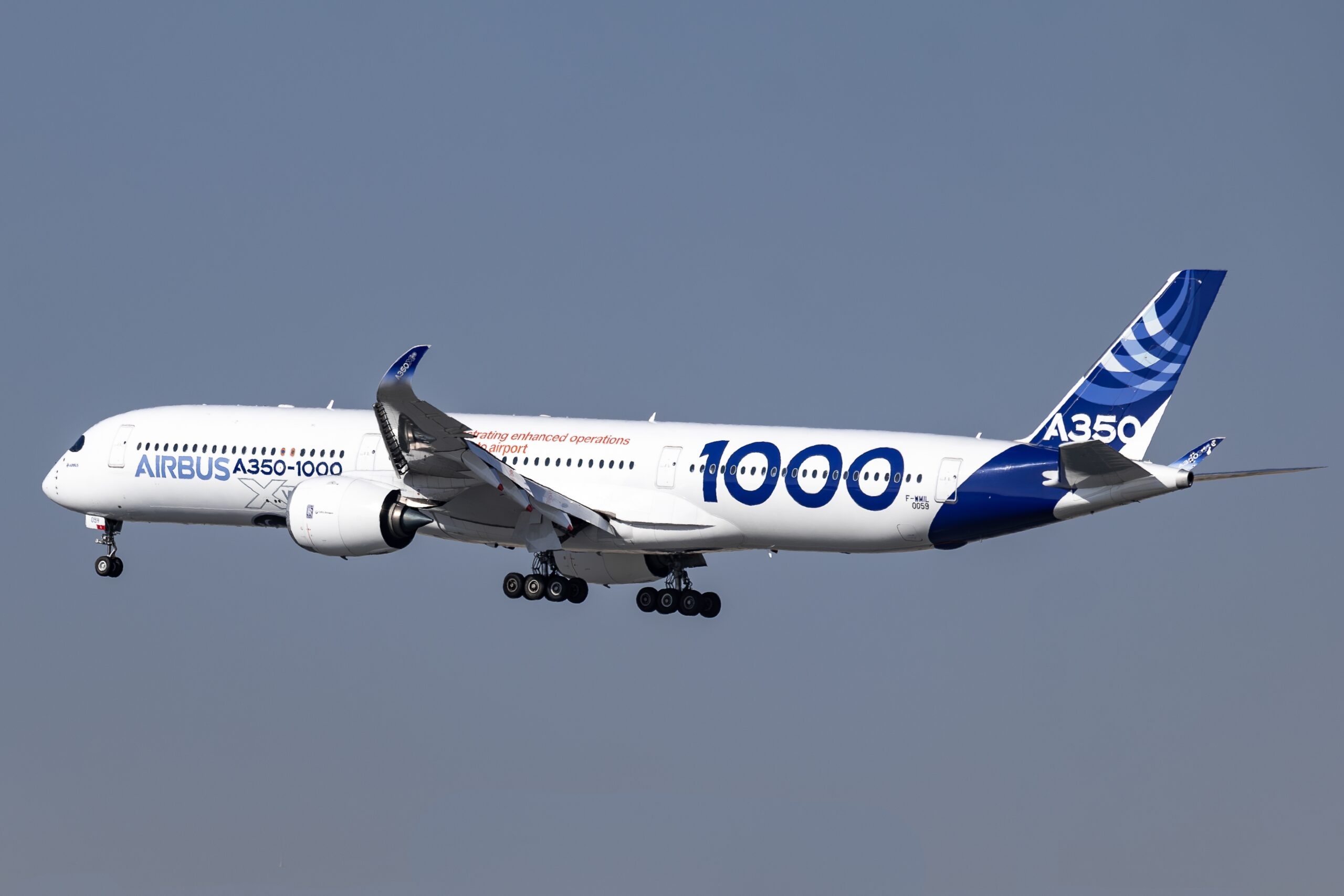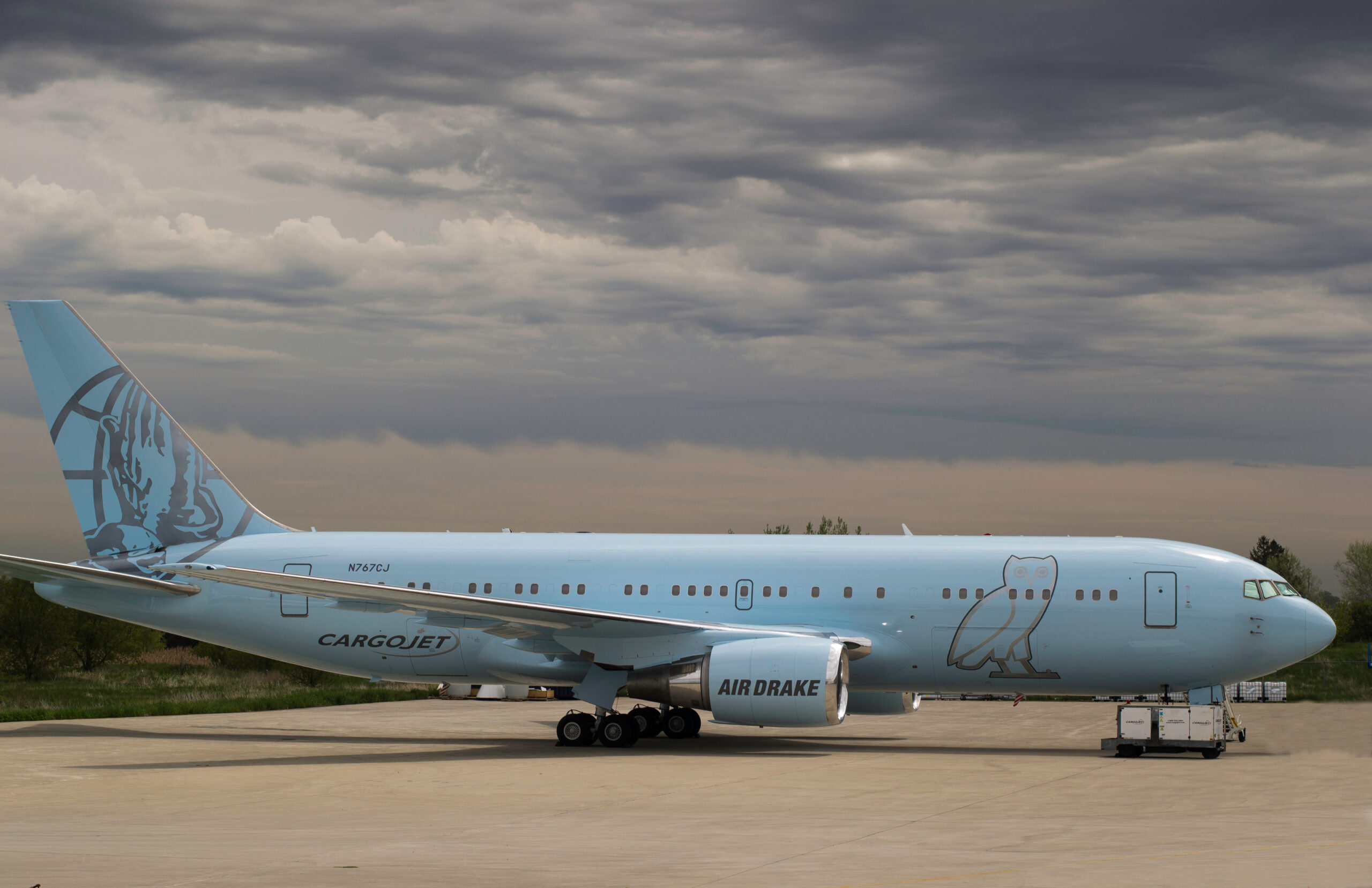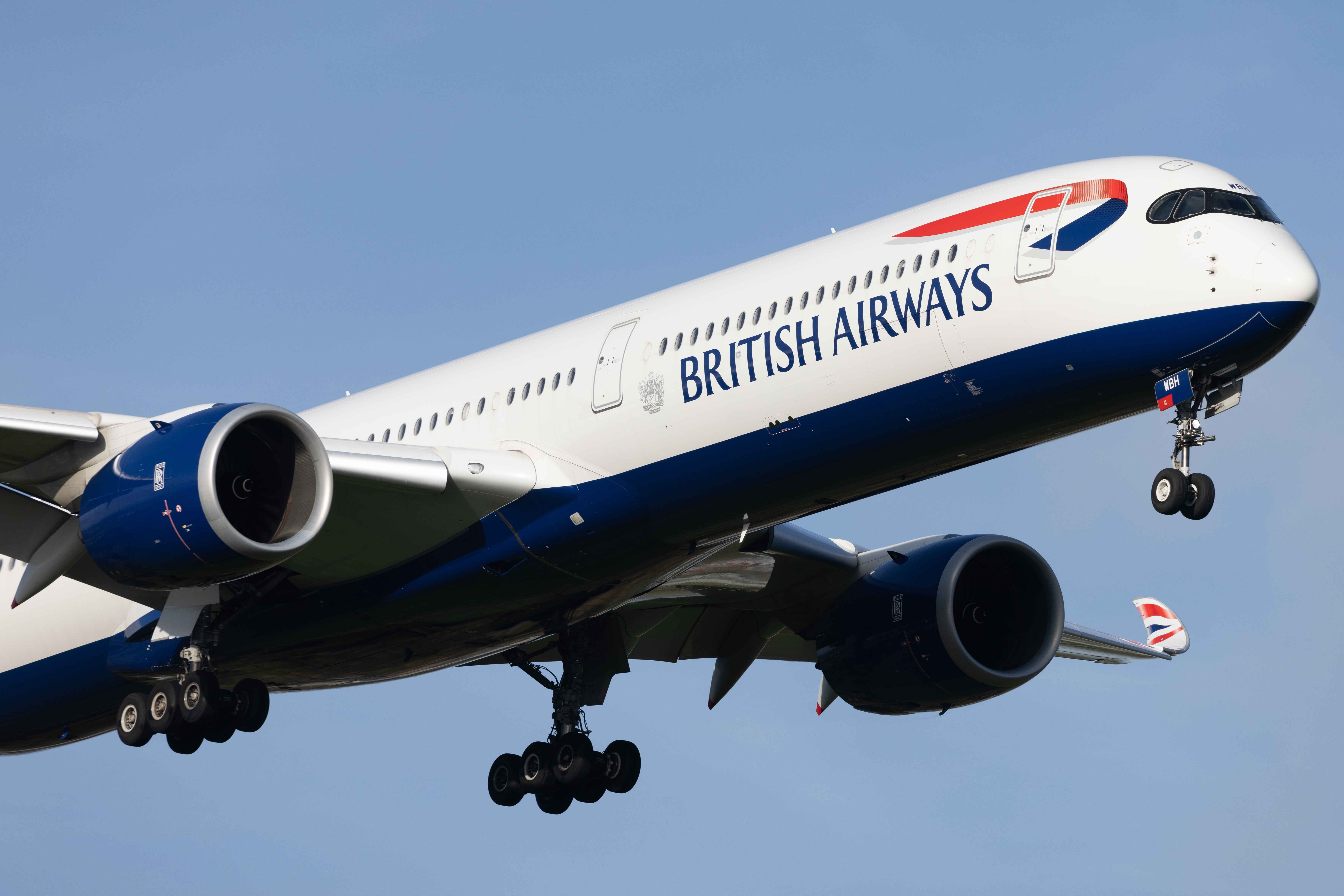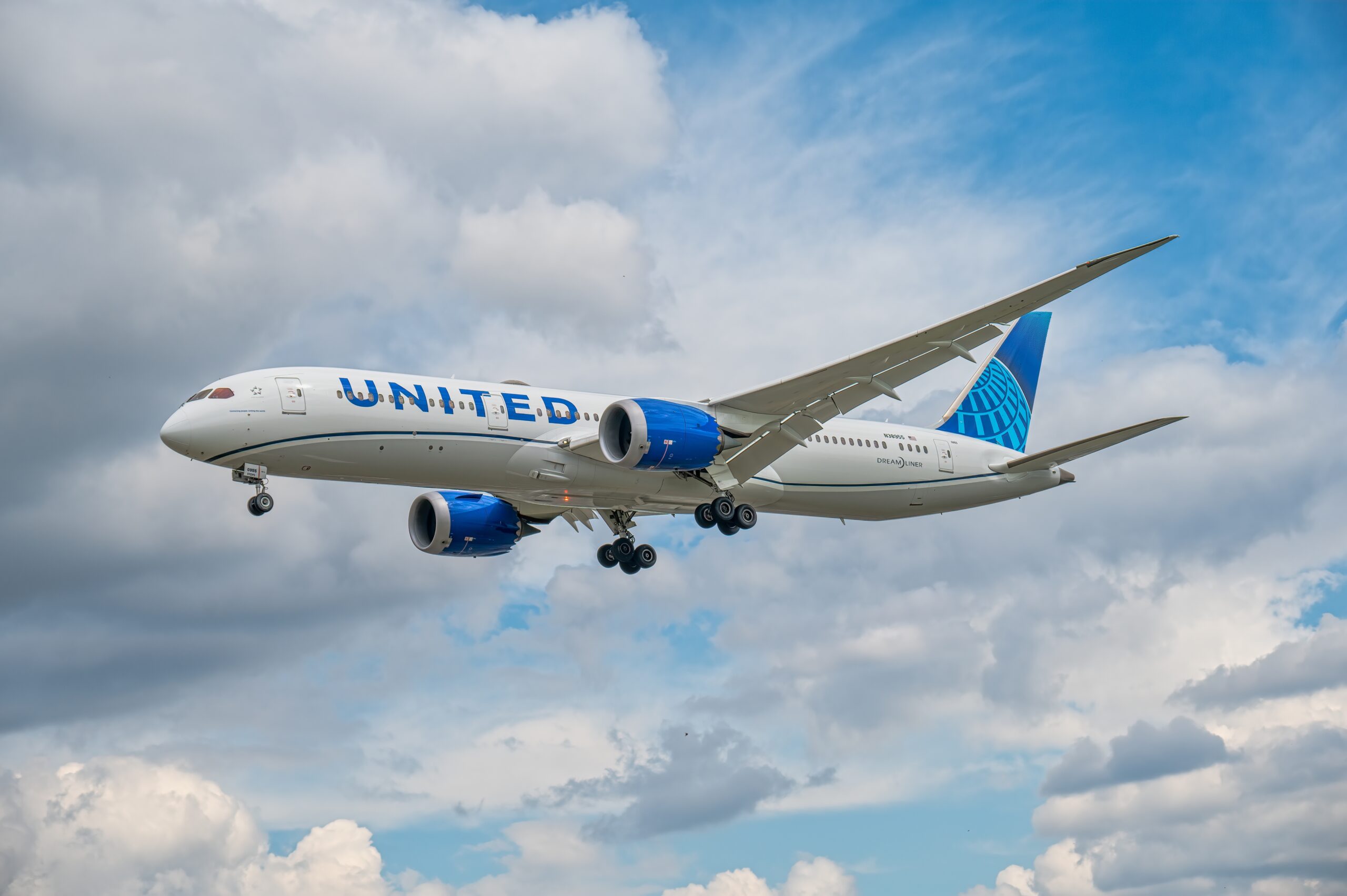Beech Baron 55
The Beech Baron 55 is a classic twin-engine aircraft. Introduced by Beech Aircraft Corporation in 1961, it quickly became popular. It represents a blend of speed, performance, and reliability.
Design and Development
Beechcraft designed the Baron 55 with a low-wing structure. The aircraft has retractable landing gear and is known for its sleek design. Early models featured two 260 horsepower Continental IO-470-L engines, which were later upgraded to more powerful options.
The cockpit is equipped with dual controls. The fuselage is longer compared to its predecessor, the Travel Air. This additional length provides improved stability and balance in flight. The aircraft can accommodate four to six passengers, depending on the interior configuration.
Performance
The Baron 55 exhibits impressive speed and range. It has a maximum cruise speed of about 200 knots (230 mph, 370 km/h). The estimated range is around 1,100 nautical miles (2,000 km), making it suitable for long-distance travel. The aircraft has a service ceiling of approximately 20,688 feet (6,300 meters).
The twin-engine setup offers safety advantages. If one engine fails, the other can often provide sufficient power to continue flying. This feature is significant for pilot confidence and passenger safety.
Variants
Baron 55
- Original model
- Introduced in 1961
- Powered by Continental IO-470-L engines
A55 Baron
- Later version
- Features enhanced avionics
- Increased fuel capacity
B55 Baron
- Another variant
- Improved performance
- Better aerodynamics
B55A Baron
- Sport Edition
- Sleeker design
- Tweaked for more speed
Flight Characteristics
The Baron 55 is known for its solid flight characteristics. It handles well under various conditions. Pilots appreciate its responsiveness in both manual and autopilot modes. The airplane is capable of stable flight at low speeds, which helps during takeoff and landing phases.
Climbing rate is impressive, assisted by the powerful twin engines. Pilots often note the ease of control during climbs, even when fully loaded. The handling remains steady in turbulence, providing a smoother experience for passengers.
Operational Use
The aircraft has been used for multiple purposes. These include personal transportation, business travel, and air charter services. Some flying clubs and flight schools use it for multi-engine training. Its reliability and ease of maintenance make it an appealing choice for these roles.
The Beech Baron 55 has also found a place in governmental and military operations. Some agencies use it for reconnaissance, training, and light cargo transport. Its versatility is one of its strongest attributes.
Maintenance and Economic Aspects
Maintenance of the Baron 55 is relatively straightforward. The aircraft’s design allows easy access to key components, which simplifies routine checks and repairs. Parts availability is generally good, helping reduce downtime caused by maintenance needs.
Economically, the Baron 55 is cost-effective for its class. While operating costs are higher than for single-engine aircraft, they are reasonable for a twin-engine model. Fuel consumption, maintenance, and insurance expenses should be factored into the overall cost analysis. Despite these costs, the performance benefits often justify the investment.
Pilot and Passenger Experience
Pilots generally appreciate the Baron 55’s ergonomics. Controls are well-placed, and the cockpit offers good visibility. The instrument panel is designed intuitively, aiding quick access to critical flight information. This is crucial for managing multi-engine operations.
For passengers, the cabin is comfortable and relatively spacious. Noise levels are moderate, but wearing headsets can enhance comfort, especially on longer flights. The aircraft offers ample baggage space, essential for extended travel.
Popular Enhancements and Upgrades
Owners often seek upgrades to improve performance and comfort. Common enhancements include advanced avionics and improved sound insulation. Some opt for engine upgrades, leading to better fuel efficiency and increased speed.
Interior refurbishments can also be popular. These include upgraded seating, enhanced lighting, and modern cabin amenities. Such customizations can significantly elevate the in-flight experience and extend the aircraft’s service life.
Market and Resale Value
The Baron 55 holds its value well in the resale market. Pre-owned models can be found at various price points, depending on age, condition, and upgrade status. Properly-maintained aircraft often fetch higher prices, reflecting their reliability and performance capabilities.
New buyers should conduct thorough inspections. Evaluating maintenance history and ensuring all logs are up-to-date are crucial steps. Engaging a reputable aircraft mechanic or appraiser can help make informed decisions.






